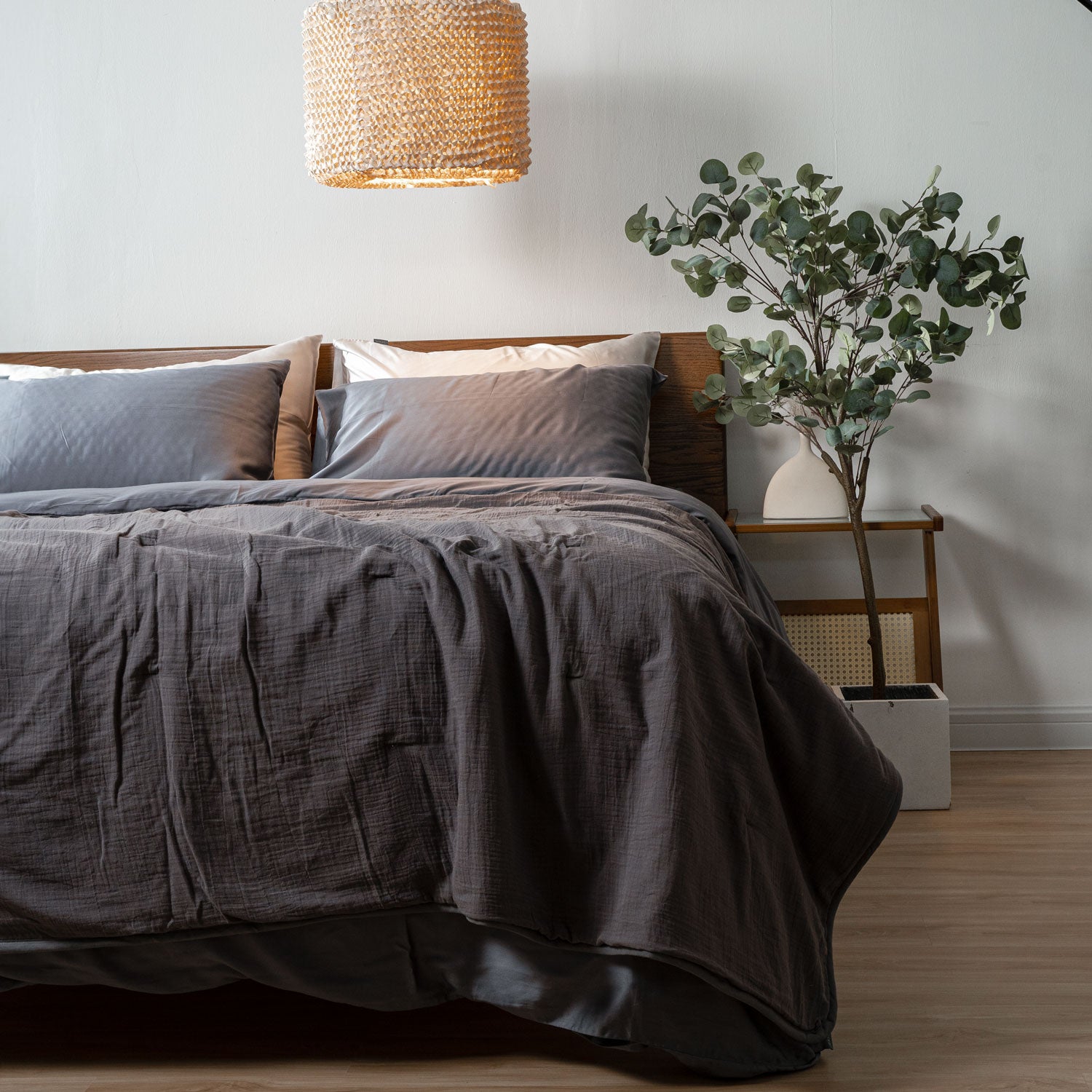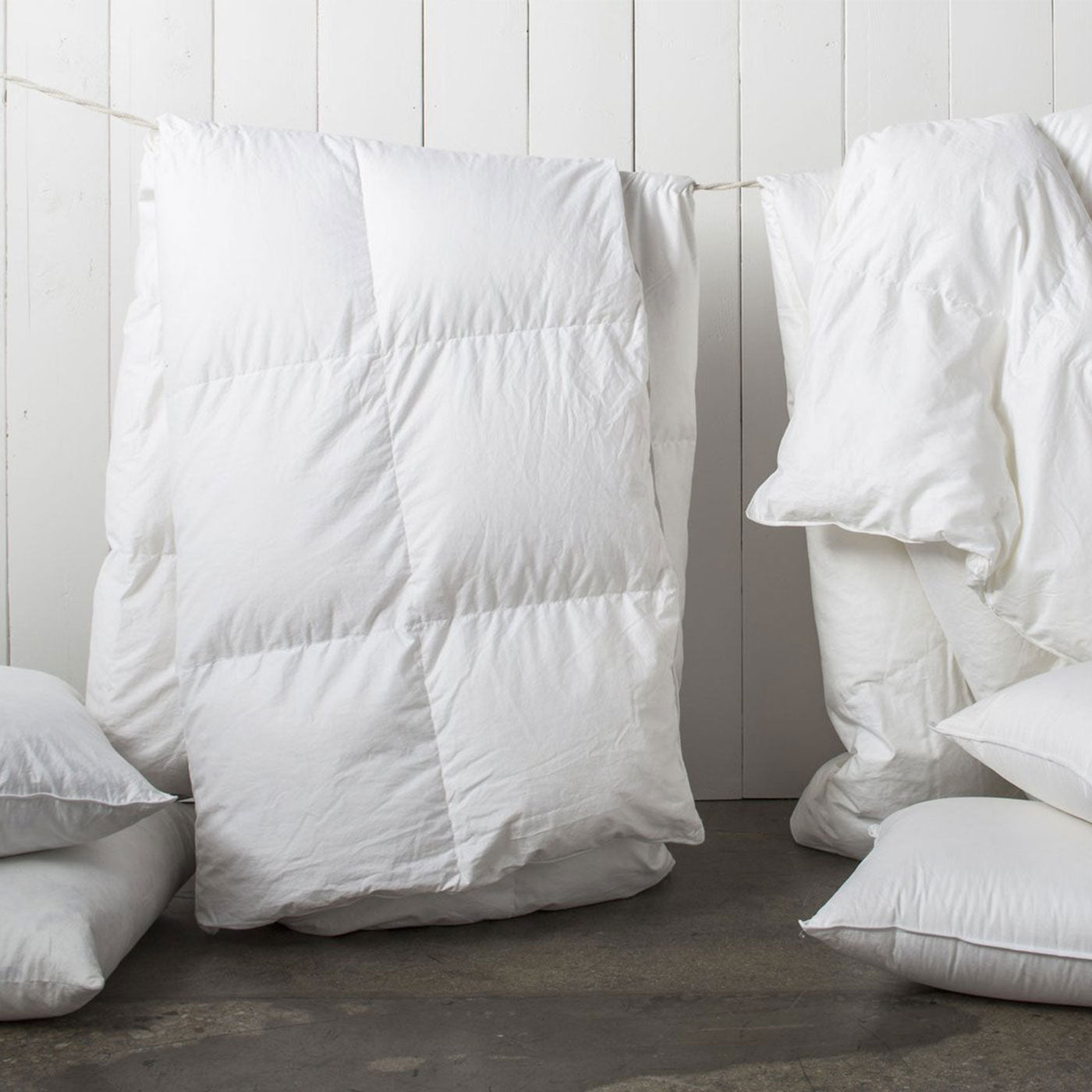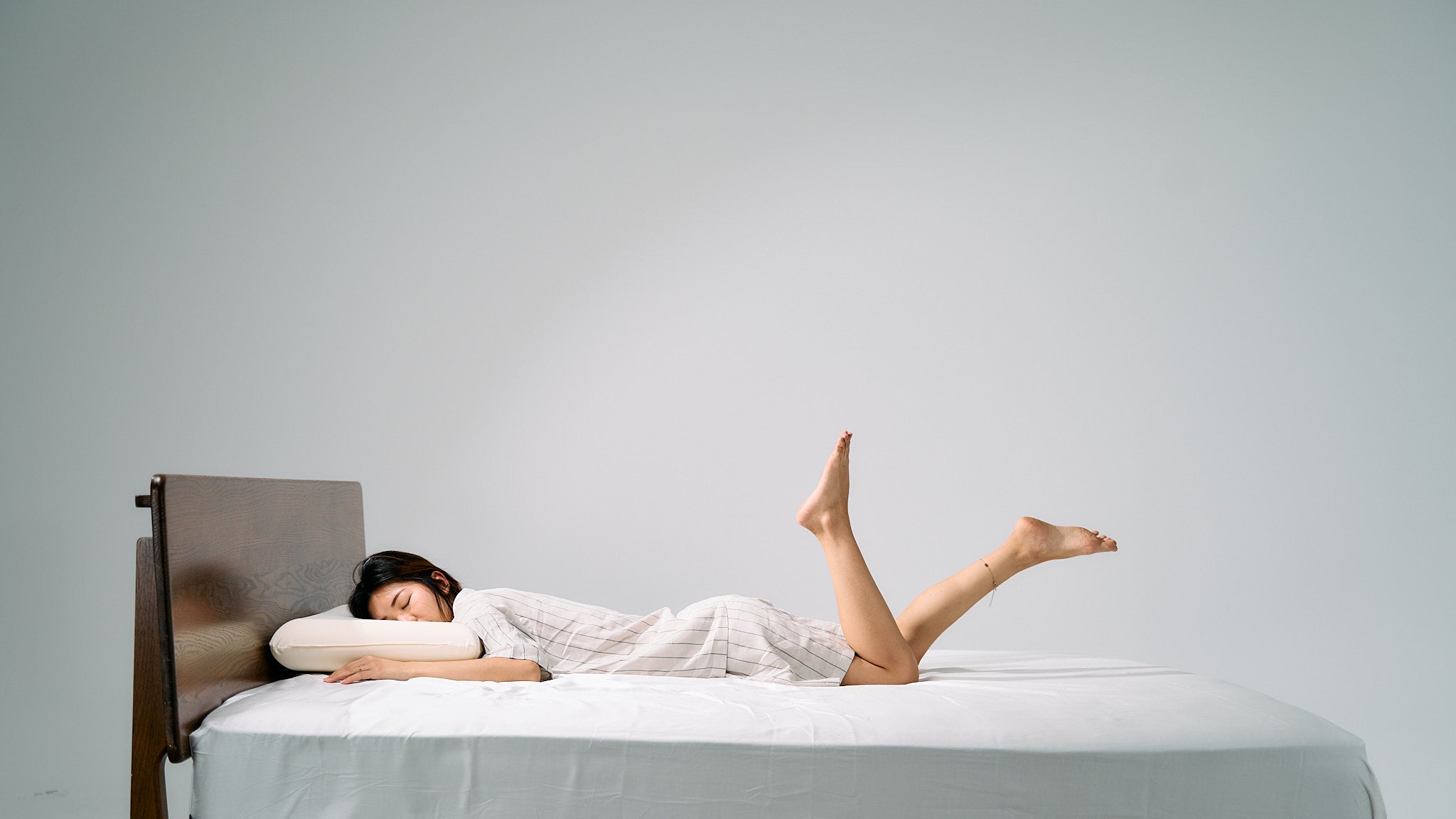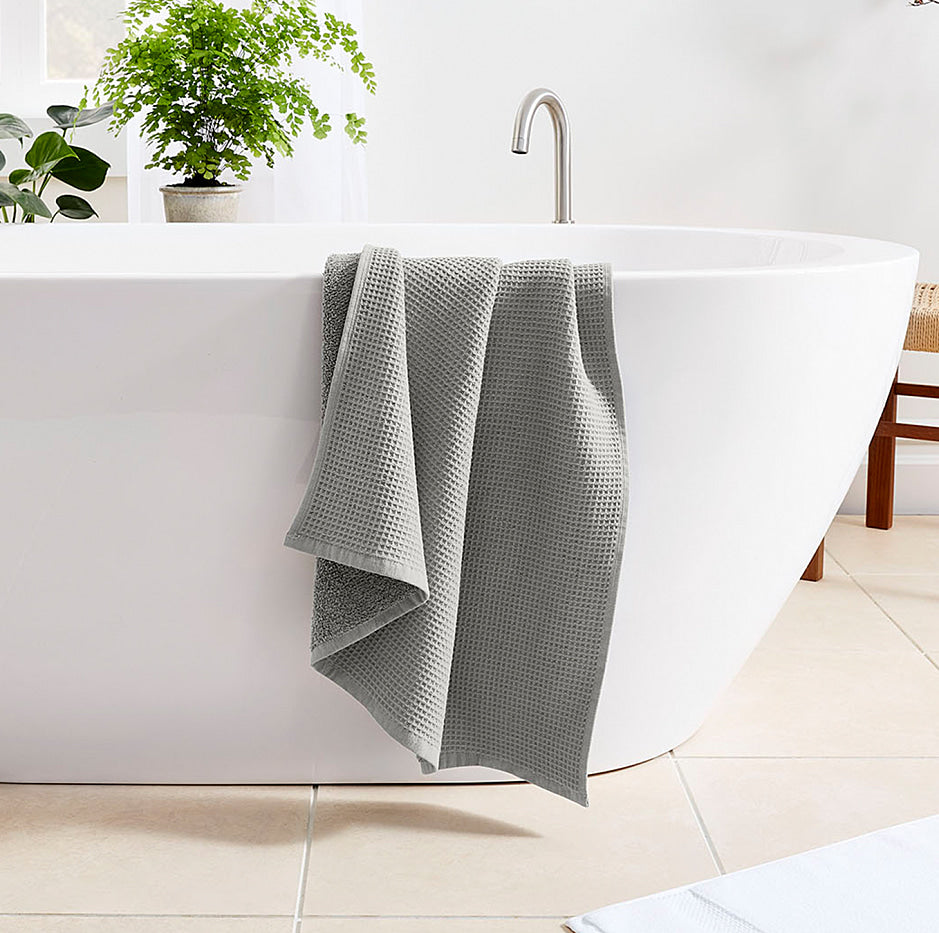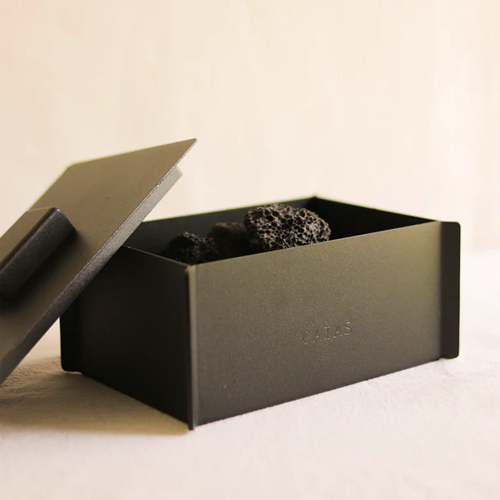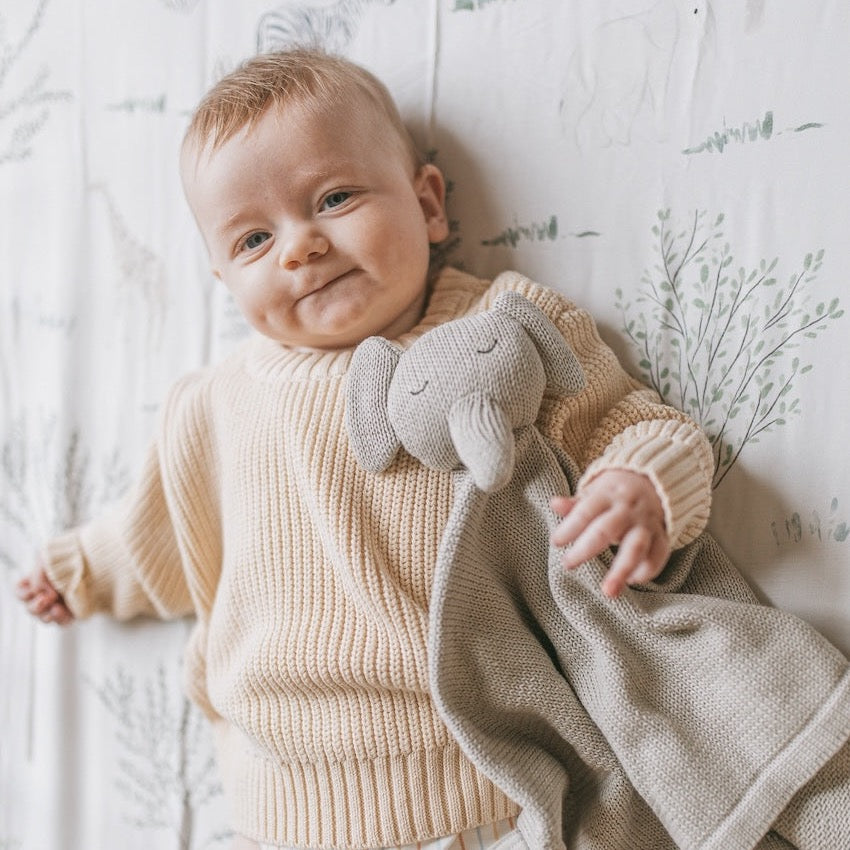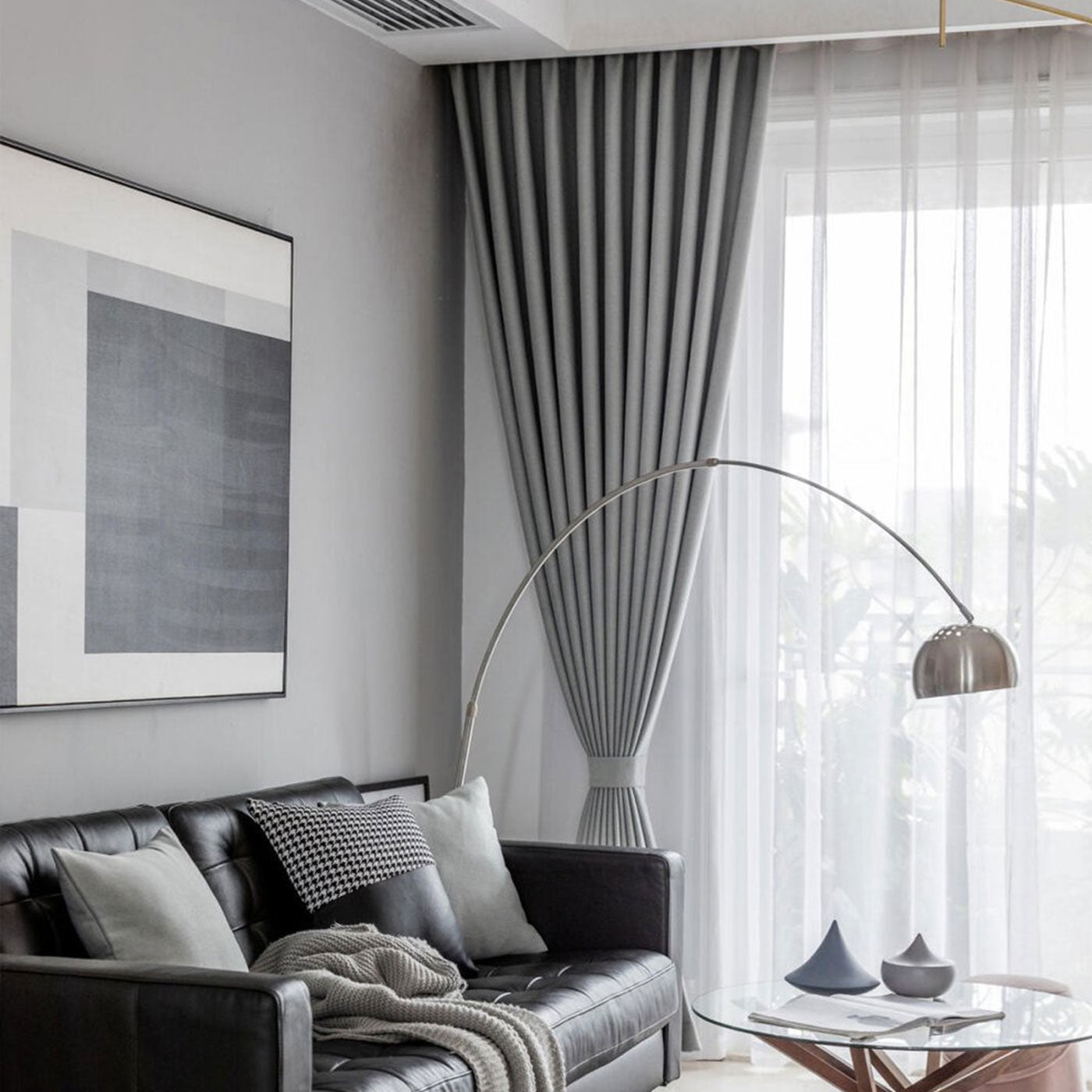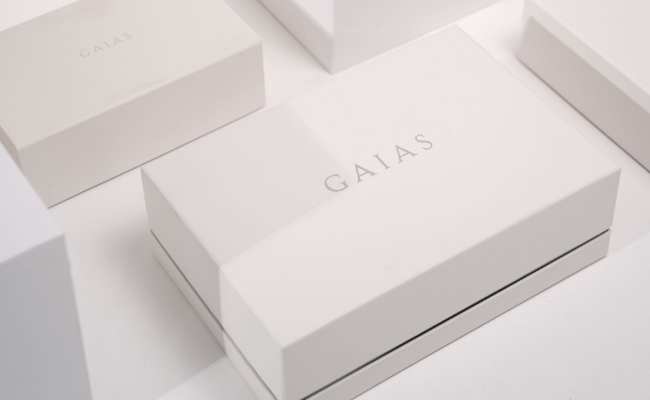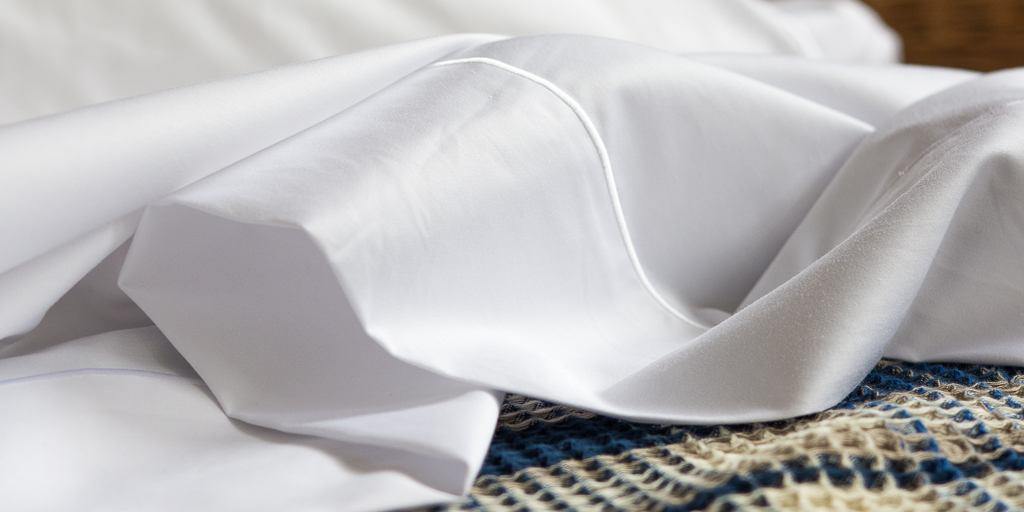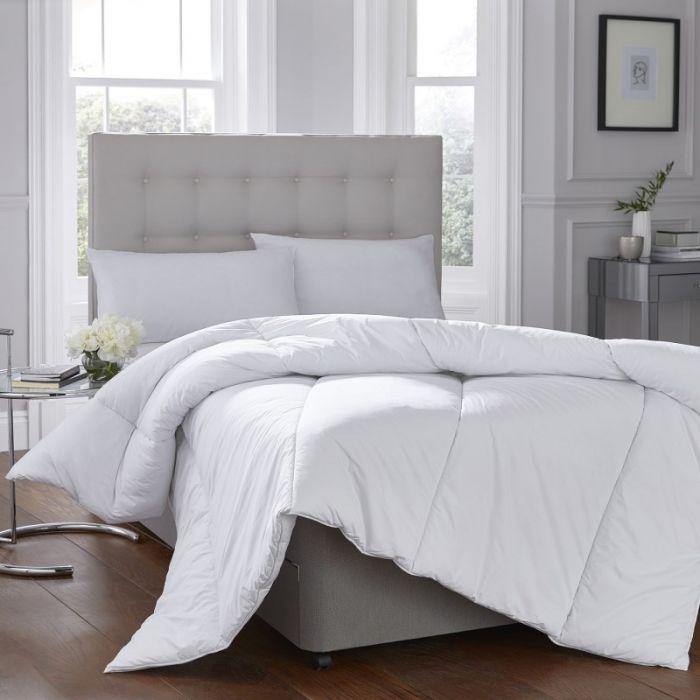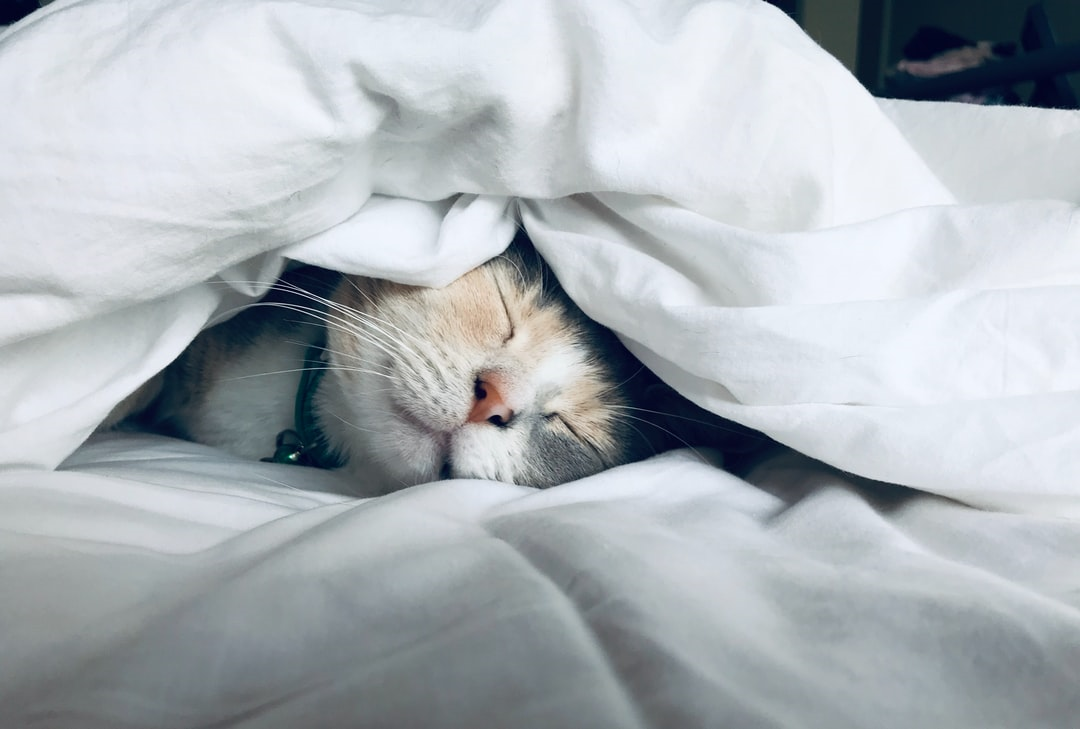
What Is Thread Count? Let Gaias Tell You The Truth!
When looking for the perfect set of bed sheets we've all been sold the thread-count myth: The higher the thread-count, the better the sheets. There is a lot of misinformation out there about it.

In fact, thread count is only a part of the quality equation. We’ve gathered all of the details for you, so you’ll be able to separate truth from myth.
Here are some factors to consider when choosing the sheets that will satisfy you:
Thread Count for Sheets – Does it Really Matter?
Thread count refers to the number of horizontal and vertical threads per square inch. The yarn is woven in a crisscross pattern with the vertical strands being referred to as warp weave, and the horizontal pieces are called weft weave.
Generally, the higher the thread count, the softer the sheet, and the more likely it will wear well-or even soften-over time.

Sounds pretty straight forward, right? Not so fast.
There are plenty of ways for companies to boost their thread count through creative math, so it’s come to mean very little in terms of quality. In fact, almost all of the really high thread count sheets you’ll find on the market today are boosting their numbers with multi-ply yarns or other tricks.
Does Higher Thread Count Mean Better Quality?
As you have gathered by now, the answer to this is not black and white. While you should be looking for a range to indicate quality, higher doesn’t always mean better.
YARN COUNT
Yarn count is the number of threads per square inch within a fabric.Thickness of yarn for making fabric. The finer the count, the better feel fabric will have and will be equally expensive.

How Does the Ply Affect the Thread Count?
Ply refers to the number of yarns in each thread in a given piece of fabric.A single ply yarn is made up of one long thread. A multi-ply yarn is made of two, three, or even four or five threads twisted together.
1+1 equal 2 or 1?

Thread Count is affected by the number of ply and the thickness of the yarn. The number of ply of a fabric refers to how many yarns are twisted together to form a thread. For single-ply fabrics, a single yarn is used. The two-ply fabric uses a stronger thread composed of two yarns, which doubles the number of thread in the fabric.
Take a sheet made of multi-ply yarn of cotton as an example, because it takes enough two threads to be made into a cotton thread for making fabric. Assuming the seller directly calculates it, the algorithm is as follows
(200 + 200) x 2 = 800 thread count
In this way, the number of threads magically doubled, misleading everyone to think that the higher the number of threads, the better the quality. Most plied yarns on the market are twisted together to increase strength because of poor fiber quality.
In high-quality products, the increase in comfort given by fabrics with more than 400 stitches is actually very small.
Our goal is to encourage customers not to pursue too much fabrics with high thread counts. Instead, they can focus on other quality indicators of the product. In addition to the thread count value, the number of yarns and whether the yarn is multi-ply or not.
The Differences Between Short and Long Staple Cotton

You may think it’s all a bunch of fluff, but the cotton we know and love is actually pretty complex. There are two different species of cotton plant, and much of a fabric’s feel comes from a quality known as “staple” or fiber length.
Short staple fibers produce a cotton that is great for basic, everyday use. The most common short staple cotton is known as Upland cotton. Upland is primarily used to make denim jeans and flannel clothing thanks to its soft, strong, and low maintenance fibers. It’s an American classic, comprising 95% of the cotton grown in the US.
As staple length increases, so does cotton’s soft, silky feel.
Long staple cotton is derived from the Gossypium barbadense species of cotton, which yields cotton with unusually long, silky fibres. This species is responsible for well known cotton types such as Egyptian cotton, Pima, Supima and Giza 45. Long staple cotton is the best for weaving quality cotton bed linen fabrics.
When used to make bedsheets, it produces lavish, silky sheets that become softer each time they are washed.
The long-staple cotton fabric has the characteristics of flexible fibers, fast heating, strong warmth, and excellent comfort. It is widely used in high-end auxiliary, home textile production, bedding and other products.
It has excellent drape, silk-like smoothness and comfort. The fabric also has high color fastness during use, does not fade after long-time washing, wear-resistant and durable, good wrinkle resistance, not easy to pilling, and good ventilation And many other advantages.
Weaving process
Different weaving methods will create different texture gloss and abrasion resistance, which are important indicators when selecting:

Sateen Weave: A weave in which warp threads interlace with filling threads to produce a smooth-faced fabric. A sateen fabric tends to have a high luster due to the high number of floats on the fabric. Sateen weaves produce a smooth, even and glossy fabric surface.
Percale Weave: It is a closely woven plain-weave fabric often used for bed covers. Percale has a thread count of about 200 or higher and is noticeably tighter than the standard type of weave used for bedsheets. It has medium weight, is firm and smooth with no gloss, and warps and washes very well.
Satin is a fabric that typically has a glossy surface and a dull back, one of three fundamental types of textile weaves along with plain weave and twill. The satin weave is characterized by four or more fill or weft yarns floating over a warp yarn, four warp yarns floating over a single weft yarn.
“300 thread count”
The domestic expression is "300 00 thread count", which means that tthe number of horizontal and vertical threads per square inch.is 300. It belongs to high density fabric.
Therefore, GAIAS signature bed sheets using 300 thread counts and Sateen Weave, which gives consumers genuine quality confidence and guarantee.


